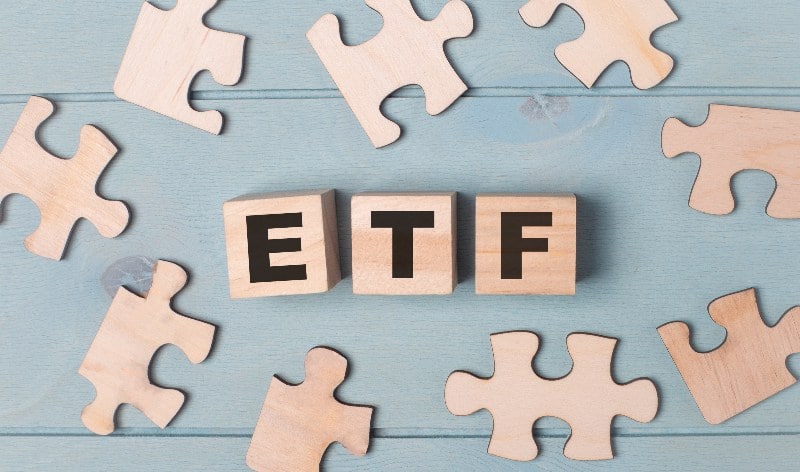For the first time in history, ETF inflows reach $1 trillion.
Summary
ETF inflows increase
Asset managers have launched new trading strategies, driven by the surge in liquidity.
This year alone, inflows into global ETFs surpassed the $1 trillion mark at the end of November, up from $735.7 billion last year.
Money flow and rising markets have also pushed assets to double over 2018.
Successful ETFs
The bulk of these flows went into the low-cost funds of Vanguard, BlackRock and State Street, which control three-quarters of US ETFs.
Clearly, rising markets and a lack of alternatives have increased interest.
In the search for niche sectors not yet dominated by the giants, asset managers are looking for active funds on particular themes.
For example, VanEck launched an active ETF on the food industry, while Tuttle Capital launched the FOMO ETF, an active fund on stocks popular with investors.

Many companies have since converted mutual funds into active ETFs, and larger companies have launched ETFs that mimic popular mutual funds.
In 2021, 380 new ETFs were launched, half of which were actively managed, as managers seek to capitalize on investor interest; new management companies also entered.
The top 20 fastest-growing ETFs, mostly managed by Vanguard and BlackRock, took nearly 40% of all flows this year, charged an average fee of less than 0.10% and tracked an index.
ETFs also close
Many of the active ETFs are small in terms of volume and charge higher fees, with the risk of closing in the years ahead. ETFs typically need between $50 million and $100 million in assets within five years of launch to become profitable; those below those levels tend to be closed.
Of the nearly 600 active ETFs in the United States, three-fifths have less than $100 million in assets, according to FactSet data. More than half are under $50 million, posing closure risks. The market’s run has helped many ETF providers, but any pullback could put the weaker ones in a bind.
Closed ETFs have been on the rise over the past decade, and last year as the market crashed due to the pandemic, some 277 ETFs were closed. About a third of all active ETFs are considered to be at medium or high risk of closure, according to FactSet data.
ARK Investment Management CEO Cathie Wood‘s success in 2020 showed how active ETFs can deliver big returns and huge cash flows, even though her positions plummeted this year.
Most active managers aren’t doing much better. Two-thirds of large-cap managers have failed to meet their benchmarks this year, whereas about 10% of the 371 active ETFs are beating the S&P 500. Over a third are flat or negative.
According to FactSet’s Kashner,
“Active management is a zero-sum game. Beating the benchmark quarter after quarter, year after year, is a very difficult task at which active managers have traditionally struggled. The ETF wrapper doesn’t change that calculus”.
About Giuseppe Pascarella:
Giuseppe Pascarella is a financial analyst and founder and CEO of the PascaProfit Group, one of Italy’s and Europe’s leading analytics companies.
Often guest speaker at important meetings with prominent figures such as Christine Lagarde (number 1 of the ECB) and Ursula Burns (former Obama advisor), he is also active in promoting financial literacy in Italy thanks to his books “Battere il Benchmark” and “Dove metto i miei soldi”.
He is also the founder of Pasca Academy, the first Italian training school for independent financial advisors.



